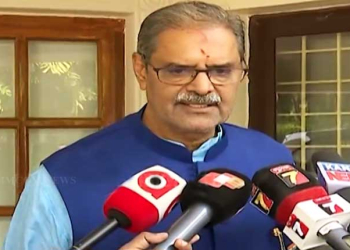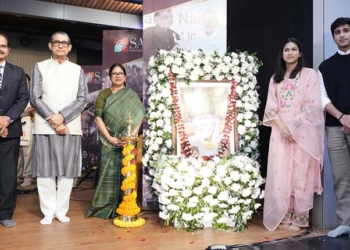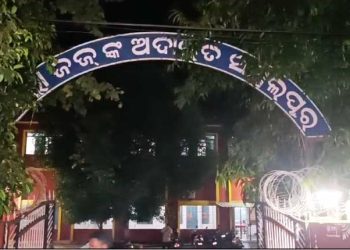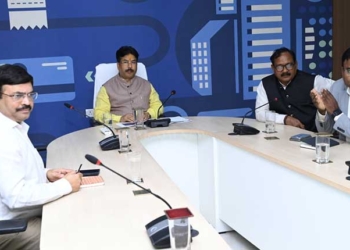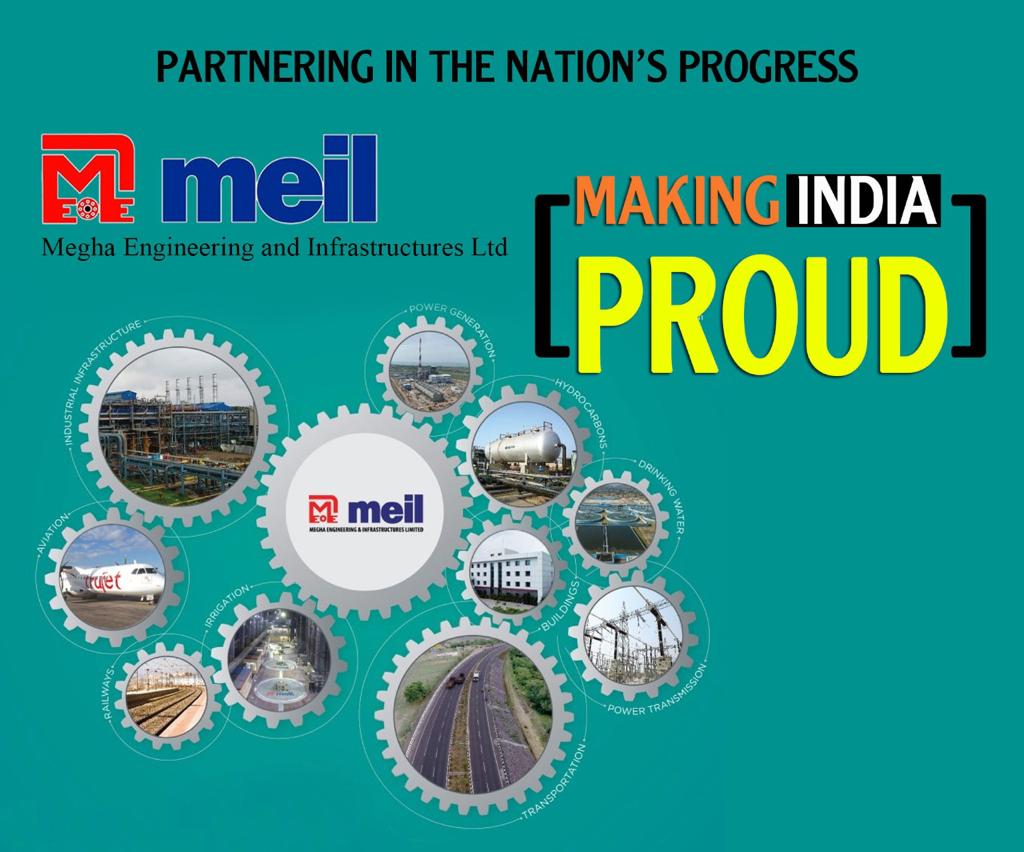New Delhi/Bhubaneswar: In a major infrastructure boost for Odisha, the Union Cabinet has approved the Dangoaposi–Jaroli 3rd and 4th line railway project, which is part of four major multi-tracking initiatives across six states. The project will enhance rail connectivity and freight capacity in Odisha and Jharkhand, improving logistics and boosting economic activity in the mineral-rich belt.
Chaired by Prime Minister Narendra Modi, the Cabinet Committee on Economic Affairs approved these projects—spanning 574 km and covering 13 districts in Maharashtra, Madhya Pradesh, West Bengal, Bihar, Odisha, and Jharkhand—at a total estimated cost of ₹11,169 crore. All projects are slated for completion by 2028-29.
The Dangoaposi–Jaroli multi-tracking route is particularly crucial for Odisha, as it lies on an essential corridor for transporting minerals, coal, cement, clinker, fly ash, and petroleum products. The enhanced capacity is expected to add significant freight volume—part of the estimated 95.91 Million Tonnes Per Annum (MTPA) increase across all four projects.
Besides easing congestion and improving service reliability for Indian Railways, the multi-tracking projects are aligned with the PM Gati Shakti National Master Plan. They are aimed at bolstering multimodal connectivity, promoting seamless movement of goods and people, and improving logistic efficiency.
Collectively, these projects will connect around 2,309 villages with a population of 43.6 lakh and generate nearly 2.29 crore human-days of employment during construction. The environmental benefits include saving 16 crore litres of oil imports and reducing 515 crore kilograms of CO₂ emissions—equivalent to planting 20 crore trees.
The approved projects are: Dangoaposi–Jaroli (3rd and 4th Line) – Odisha & Jharkhand; Itarsi–Nagpur (4th Line) – Madhya Pradesh & Maharashtra; Aurangabad (Chhatrapati Sambhajinagar)–Parbhani (Doubling) – Maharashtra; and Aluabari Road–New Jalpaiguri (3rd and 4th Line) – Bihar & West Bengal
These rail expansions reflect the Centre’s focus on building a self-reliant (“Atmanirbhar”) India through large-scale connectivity and employment-generating infrastructure.






